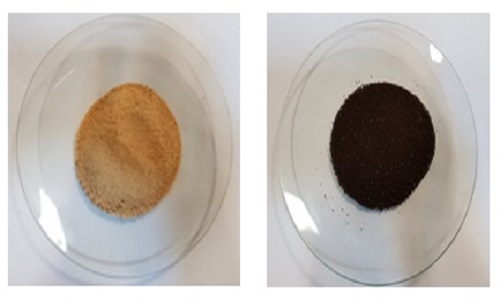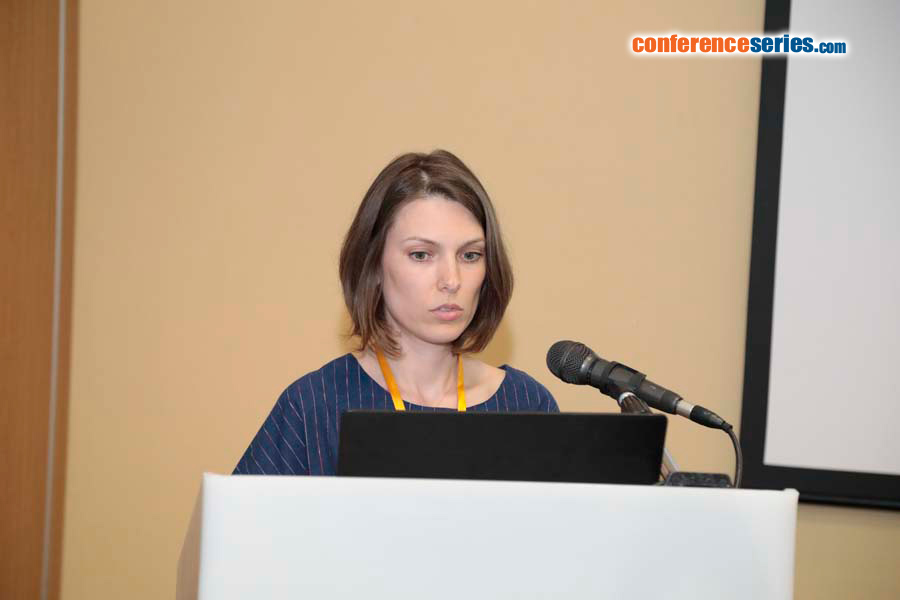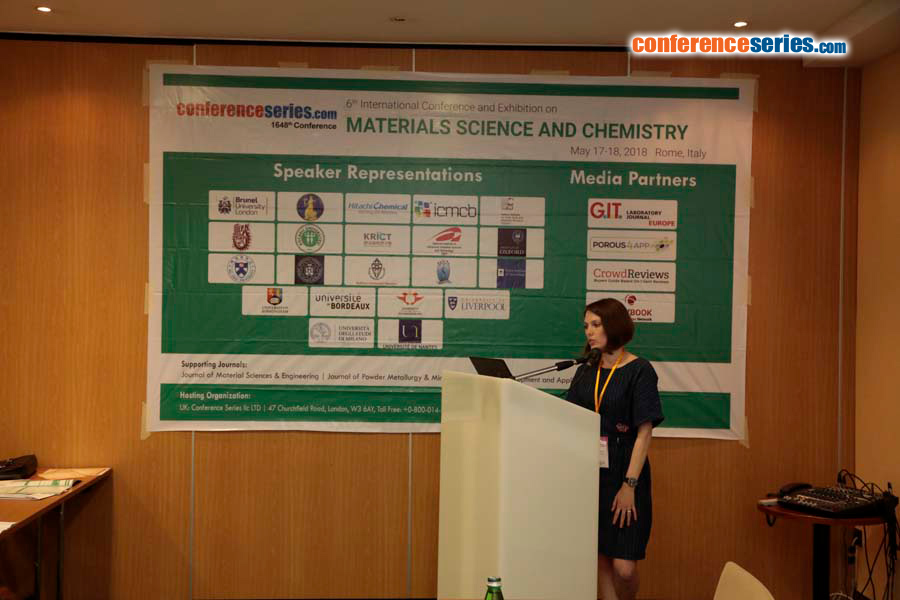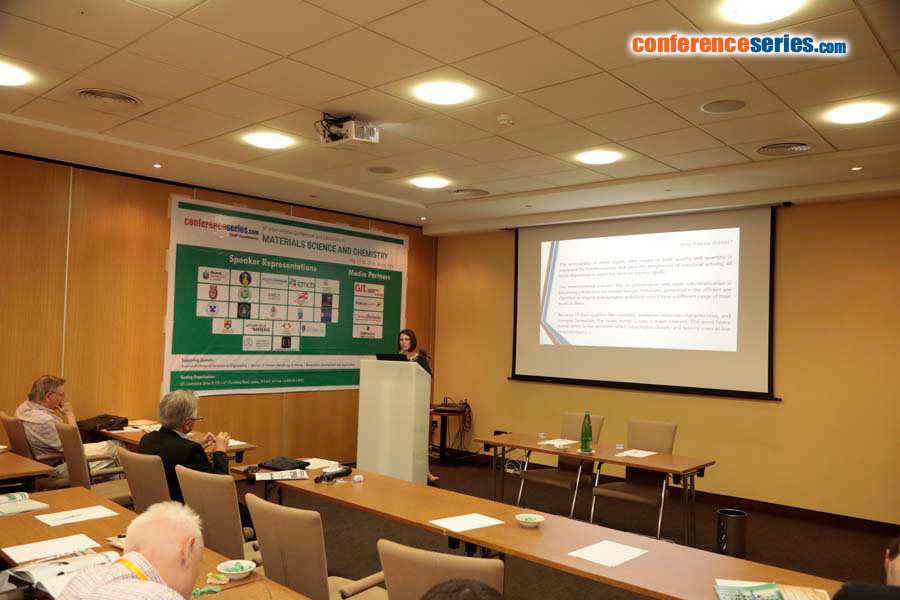
Elif Cerrahoglu
Kocaeli University, Turkey
Title: YRF: Optimization of mechanochemical modification process of a lignocellulosic biomass waste for adsorption applications
Biography
Biography: Elif Cerrahoglu
Abstract
Most environmental pollutants have destructive effects on soil and water quality, plant and animal nutrition and human health. Especially metal pollution is a major health hazard that leads to environmental concern, and unlike organic pollutants, it is not biodegraded by natural means. The main reason for the accumulation of heavy metals, which are among the most important pollutants in the water are industrial wastes originating from facilities such as metal coating, battery production, fertilizer and paper industry, mining enterprises in developed countries in particular. Heavy metals such as lead, nickel, iron, zinc, manganese and cadmium are not biodegradable like organic species and at concentrations above certain limit values they are also found to play a major role in cognitive deficiencies, behavioral disorders, central nervous system, lungs and many vital organs causing injury. Therefore, the removal of these heavy metals is an important research topic especially for those working in the fields of analytical and environmental chemistry. The lignocellulosic wastes have adsorption potential due to the carboxylate, aromatic carboxylate, phenolic hydroxyl and oxyl groups present in the structures. However, the nature of the restricted adsorptive ability has to be increased by various physical or chemical processes. In this study, it has been aimed to use a lignocellulosic bio waste to remove heavy metals which are the most important pollutants in the water. For raw material with low uptake, activation is possible by means of environmental friendly, low-cost and high-performance mechanochemical modification methods with reagent, instead of existing activation methods. For mechanochemical modification with reagents, a planetary ball mill has been used. Parameters effective for mechanochemical modification such as milling time, rotation speed, raw material/reagent ratio and material/ball ratio have been optimized with response surface methodology (RSM), and the adsorption capacities of these new materials have been investigated for Cu(II), Pb(II), Zn(II) heavy metals.






